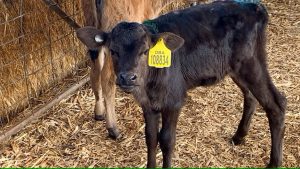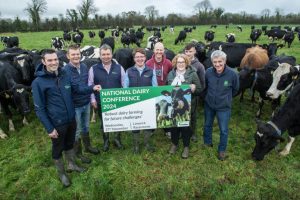CURATED by his daughter, Nirmala Kurien, ‘The Utterly Butterly Milkman’ commemorates the birth centenary of the late Dr Verghese Kurien, who conceived, planned and implemented Operation Flood (OF) during 1970-1998 which ensured that India’s milk production surpassed the biggest producer in the world — the United States, back in 1998. Thanks to the dairy cooperative structure promoted by Dr Kurien, also referred to as the Amul model, India continues to hold the position of the world’s biggest producer of milk even today.

In the 1950s and 1960s, India’s milk production was stagnant and the annual growth was negative for several years. Following the visit of Prime Minister Lal Bahadur Shastri to Anand (Gujarat) in 1964, the National Dairy Development Board (NDDB) was set up to support creation of the Anand pattern of dairy cooperatives across the country through OF. Dr Kurien, who was NDDB’s first chairman, launched the project aimed at setting up of three-tier cooperatives in milksheds, from where milk produced and procured by milk cooperatives was transported to cities. His focus was on ensuring that the farmers, through cooperatives, own all aspects of dairy industry — from production to marketing of milk and dairy products — for maximising returns to the dairy farmers. He got the government to agree that no imported dairy products would be allowed into India to destroy market prices. Even aid in the form of skimmed milk powder or cooking butter by milk-surplus countries had to be given to NDDB, which would release them into the market through Mother Dairy.
Dr Kurien used the NDDB to finance the milk movement without depending on government subsidies or support prices. Milk was his answer to what PM Narendra Modi refers to as ‘atmanirbharta’. The book offers fascinating anecdotes about Dr Kurien’s life and implementation of OF. In a conversation with his grandson, Siddharth, on the success of OF, he had stated: “It was me, but my team and I together implemented the whole programme, which was a masterpiece… the scheme was for upliftment of the poor farmers. So, anyone or any country can use my model.”
Dr Kurien was opposed by the middlemen, who made several attempts to break the cooperative movement and force farmers to sell their produce to them. It was personalities like Sardar Vallabhbhai Patel and Tribhuvandas Patel, who had set up the Kaira District Co-operative Milk Producers Union at Anand in 1946, who hired Dr Kurien as a young manager and spurred the cooperative movement. Prior to serving as founder chairman of NDDB, he also held the position of chairman of the Gujarat Cooperative Milk Marketing Federation, referred to as Amul, and the Institute of Rural Management. His single-minded devotion was to empower Indian farmers through cooperatives, which would help strengthen democratic enterprises at the grassroots.
The book is divided into various segments, each one exploring a distinct facet of Dr Kurien’s life captured through the experiences shared by friends, family and former colleagues. For Dr Kurien, working for cooperatives was an unshakeable act of faith and there could be no compromise on the values and principles it underpinned. Thus, after his retirement as the chairman of NDDB in 1998, he spoke out against the ‘distinctly different path’ the institution had taken under the influence of neo-liberal thoughts and inputs from powerful capitalist nations to penetrate the vast markets of developing countries. He also pointed out how NDDB’s registration of Mother Dairy Fruit and Vegetable Pvt Ltd and other companies was in direct competition with the State Dairy Cooperative Federations in milk business. He had the resolve to fight until the end for the just cause of the cooperative movement of the dairy farmers of India.
‘Utterly Butterly Milkman’ surely is a great tribute to Dr Kurien, whose dream was to create a just and equitable society where the masses living in India’s villages had control, in every sense, over what they produced.

















